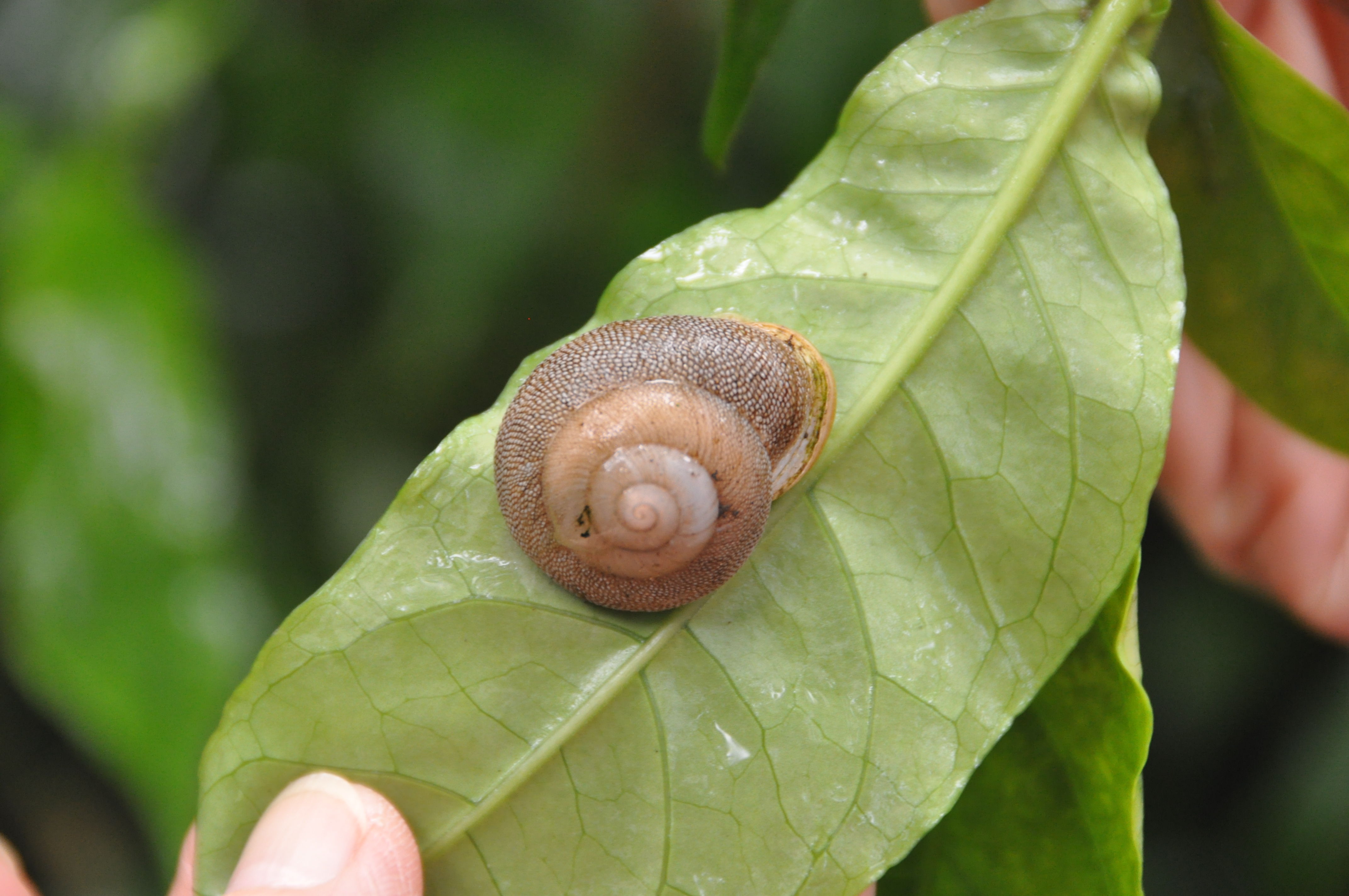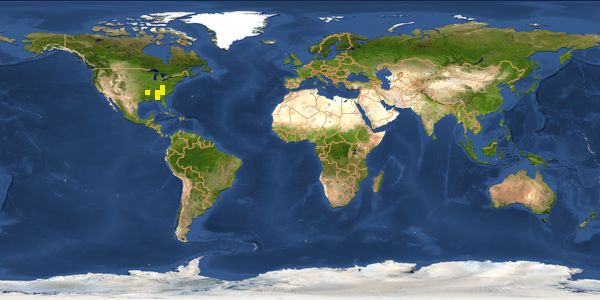Habitat
In broader aspects members of the Phylum Mollusca have links back to marine environments, where several members of this phylum still exist (Hickman et al. 2012). Class Gastropoda, a member of this phylum, has an extreme amount of differences amongst its members. This variety of the snails came about because of the different land forms that are present in today's world (Wilbur, 1985). Gastropods made their home on the land outside of the marine world (Hickman et al. 2012). As a result of that they are limited to small environments that meet their needs (Wilbur, 1985). These terrestrial snails are dependent on the aspects their environments provide them with such as the climate, composition of the soil, and protection (Hickman et al. 2012).
The family that Inflectarius approximans belongs to, Polygyridae, can give us an even greater insight as to what exactly the habitat is like of this snail. Members of the Polygyridae family are dispersed throughout a variety of regions in North America (Auffenberg et al. 1989). This dispersal throughout different areas of North America allows for a variety of different habitats. These habitats are either marine, mountainous, dry and desert-like, or very moist and humid areas (Auffenberg et al. 1989). For more information regarding specific qualifications in order to be considered part of the Polygridae family check out the Classification page.
Looking more specifically at the location of Inflectarius approximans, it has been noted that this particular species can be found along the southeastern costal border of the United States. However, a large concentration of these particular snails have made home to the central part of Alabama (Hubricht, 1985). Inflectarius approximans tend to reside under particular objects along the sides of hills, or in valleys. These objects could be rocks, logs or anything of that sort (Hubricht, 1985). Inflectarius approximans have also been found in urban areas with high amounts of trash that they burrow under (Hubricht, 1985). When looking at the basic topography of Alabama, it becomes quite apparent as to why a large concentration of Inflectarius approximans have chosen to reside in that state. Central Alabama is home to the coastal plains, the Highland Rim, the Appalachian Plateau, the Piedmont Plateau and the Limestone Valley (Boyd, 1974). All of these partiuclar areas of Alabama share the rolling terrain made up of hills and valleys that Inflectaius approximans create their habitat in (Boyd, 1974).
The map below is the perfect example of where snails from the genus Inflectarius can be found.

